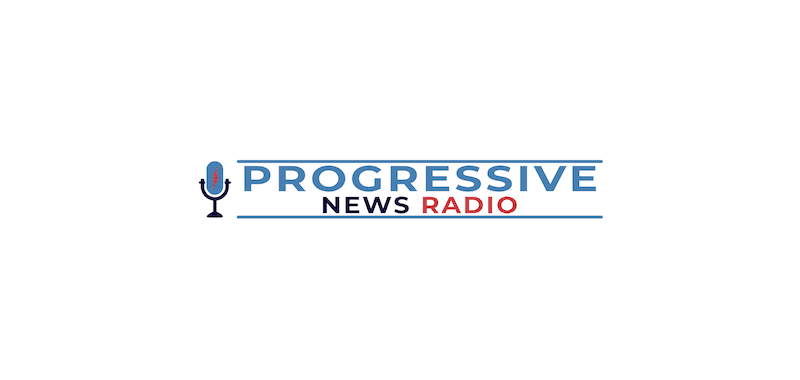When one envisions a team, sports teams likely come to mind. Musical groups represent another common example, as both musical groups and sports teams consist of bounded and static collections of individuals working toward a common goal. These individuals are physically located in the same place when they practice and perform together. As such, members of teams, in this sense, learn how to interact with one another, generally understanding each other’s roles while building toward trust. Much research has been dedicated to the power of team structures, with the common thinking being that proper team structure facilitates enhanced team performance.
Team-based health care can be defined as numerous professionals from varying training professions and backgrounds working with patients and families to deliver high-quality, coordinated care. Literature exists on many variations of team-based care, such as interdisciplinary care, multidisciplinary care, interprofessional collaboration, transdisciplinary care, and transprofessional care. This interchangeable use of terms necessitated a recent publication to standardize definitions in an attempt to minimize confusion. Further complicating the picture is the fact that health care teams in the modern era rarely have the luxury of coaching or rehearsing together, and gaining mastery from repetition is more challenging than ever before.
In the perioperative space, the anesthesia care team concept has been in place since the early 1980s when CMS defined its reimbursement requirements for anesthesiologists and supervision ratios for nurse anesthetists. The 1:4 medical direction ratio that remains in place today was established in an era where pulse oximetry and capnometry had yet to become mainstream and before monitoring standards were adopted. Nonetheless, the anesthesia care team medical-direction model established by CMS in 1983 is still in place, and billing modifiers have been added to determine how various team configurations are reimbursed. Further, 25 states have now “opted out” of medical direction requirements, allowing nurse anesthetists to practice without physician supervision. As such, tensions have existed for decades between professional political societies that jockey for positions in the reimbursement hierarchy. It has been suggested that the tension created by professional politics can spill over into the workplace in the form of role ambiguity, stereotyping, and microaggressions, all of which can compromise patient safety and clinician wellness. In a health care system that continues to be marred by communication errors that harm our patients, perhaps it is time to revisit the way we define health care teams and the cultures in which they exist.
In the above descriptions of sports teams or musical groups, team is a noun. It is a fixed and established group of individuals cooperating in pursuit of a common goal. In today’s dynamic health care ecosystem, however, care teams can disband as quickly as they are formed. Teaming, on the other hand, is a verb. Coined by researcher Amy Edmondson, teaming is a dynamic activity and not a static entity. Teaming is simply teamwork on the fly. Teaming involves working with an ever-changing mix of collaborators on a variety of projects in dynamic environments where little time exists to identify and implement solutions to questions that may have no well-defined answers. As such, it is largely determined by the mindset and actions of the individuals involved.
Edmondson further describes teaming as the “engine of organizational learning.” A teaming culture is built by leaders and team members who display the foundational teaming pillars of curiosity, passion, and empathy. Instead of a command-and-control approach where strategy is created at the top of an organization and flows down to the frontlines, teaming leaders aim to effectively engage team members in a collaborative learning journey where new ideas begin to appear from the frontlines. Curiosity drives team members to learn what other team members bring to the table and what new ideas, perspectives, and skills they can add. Empathy allows team members to see another’s perspective, which is vital to effective collaboration under pressure. In this sense, a teaming culture creates a self-organizing learning system that can effectively blaze new trails.
A teaming culture further generates psychological safety through empowerment and provides a sense of confidence that the team will not shame members for speaking up. Importantly, much of the research on psychological safety has taken place in the domain of health care. A recent scoping review found that psychological safety allowed health care teams to overcome traditional barriers to team performance, such as professional boundaries and hierarchies. Further, health care teams that promote psychological safety are those that value the opportunity to learn collectively as a group and, in turn, invest in creating a capacity for collective learning. Teaming cultures that promote psychological safety enhance organizational performance by fostering learning behaviors and knowledge sharing, which in turn bolster creativity and innovation in teams. Psychological safety promotes engagement and job satisfaction while decreasing burnout.
In today’s health care climate, what is needed more than the rigid boundaries of care teams is the mindset and actions of care teaming. Professional political tensions, workforce shortages, and decreasing federal and commercial reimbursement have contributed to a climate where many health care teams today are little more than health care work groups. Workgroups aimed at accomplishing specific transactional tasks tend to focus more on individual contributions than collaboration and are devoid of the caring, commitment, and trust needed to solve the most challenging problems we face. As our patient population ages and its medical complexity increases, and as our workforce continues to battle fatigue and burnout, rigid care teams limit our ability to scale to meet the rising demand for our services. Sports teams win games and lose games. Musical groups entertain us. But caring for our patients requires something far greater. When we say that teamwork is needed in health care, we must acknowledge that the dynamic nature of our work requires more than rigid boundaries. The mindset and actions of care teaming may indeed matter more than the structure of our care teams.
Matthew Sherrer is an anesthesiologist. Brooke Vining is a nurse anesthetist.



